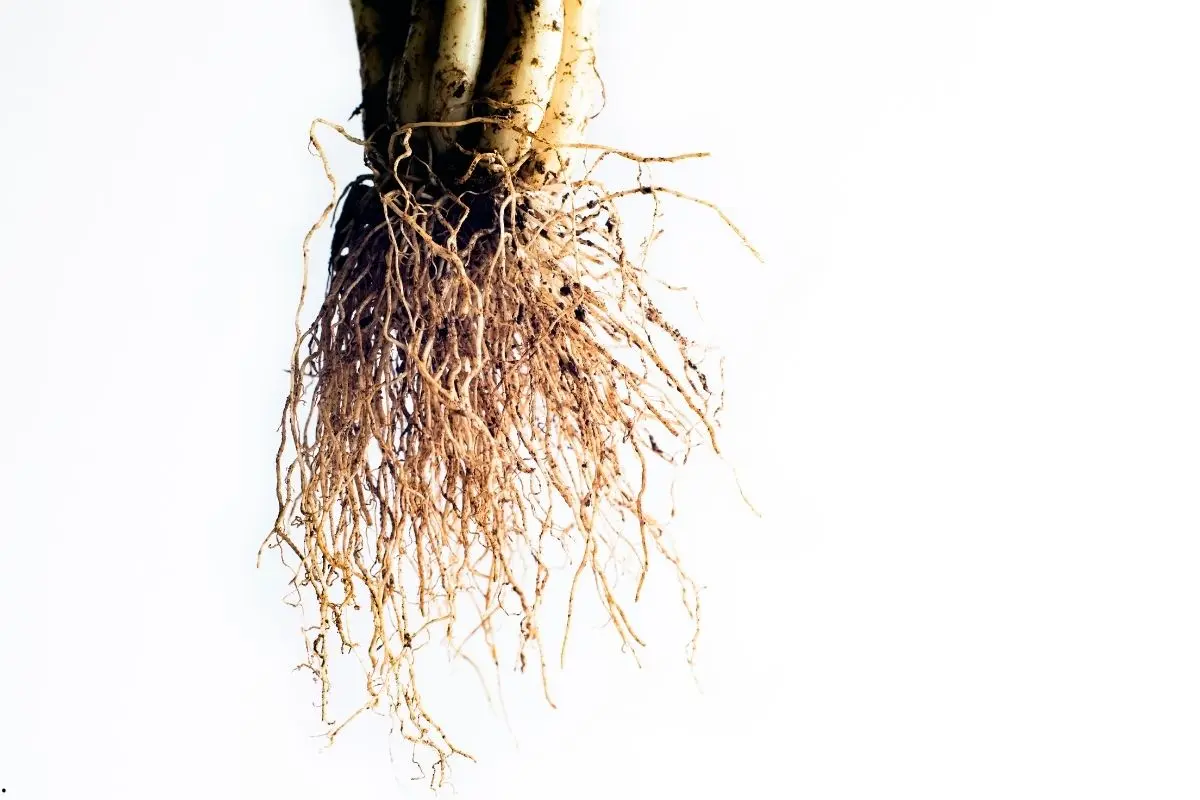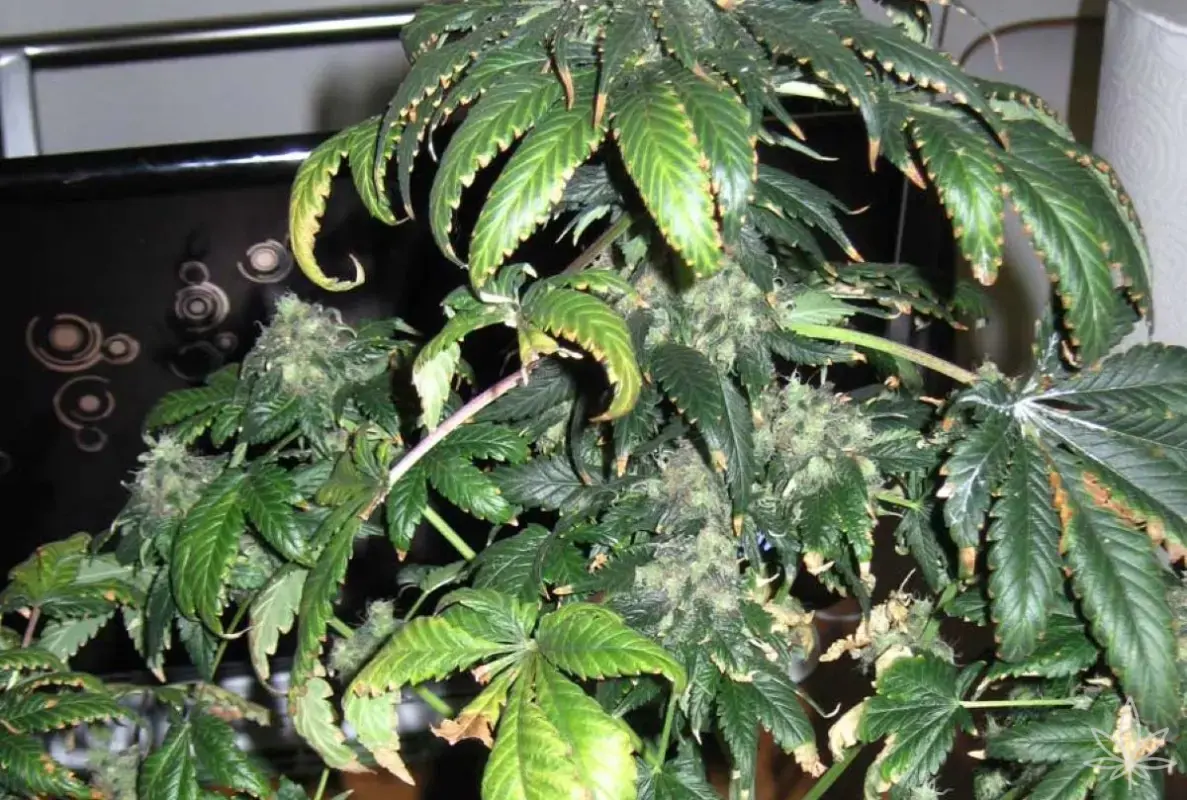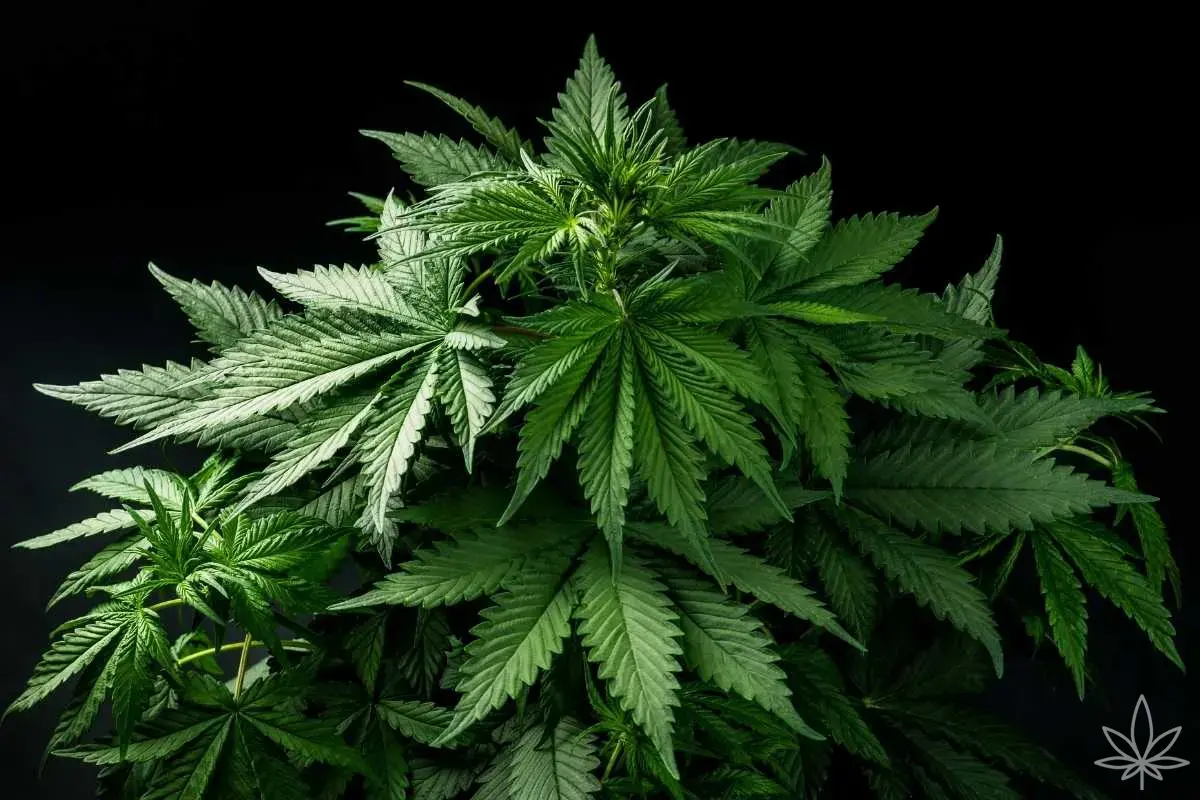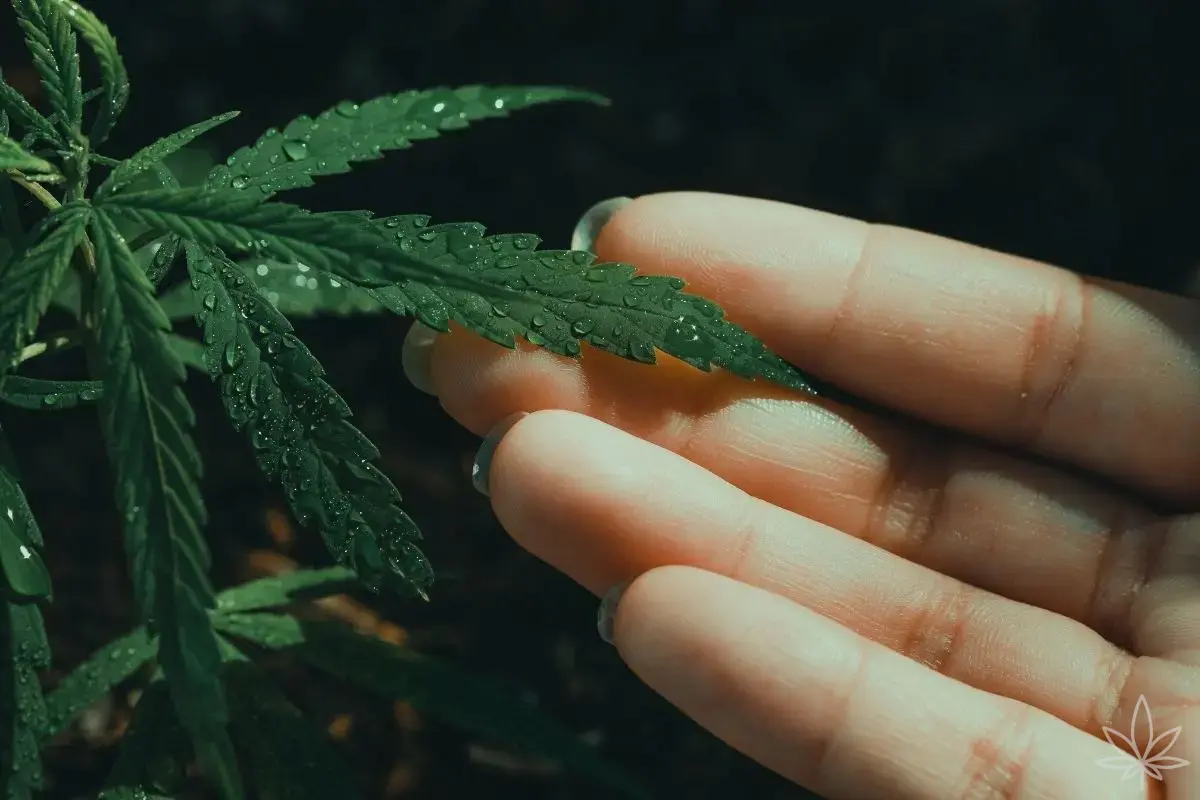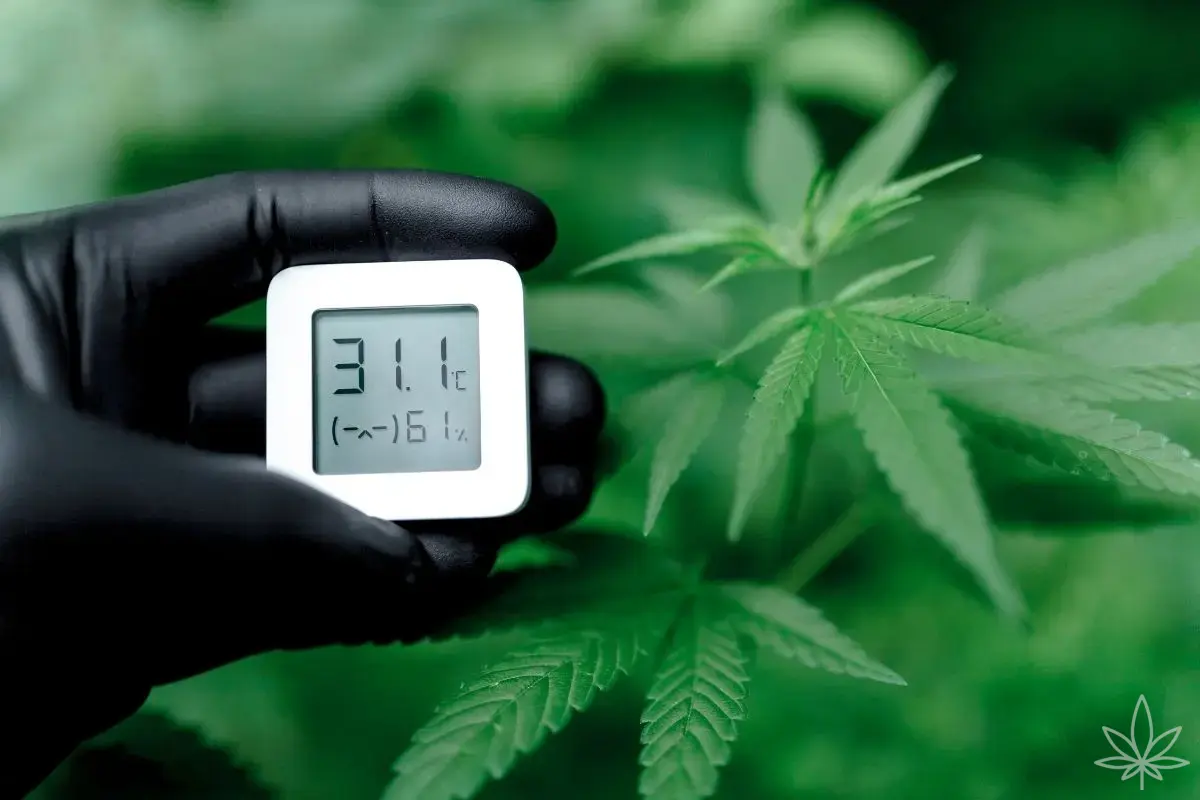Collar and crown rot is one of the most destructive root and stem base diseases that can affect cannabis plantations. The infection, often caused by fungi like Pythium, Fusarium, or Botrytis, attacks the area just above the roots, right where the plant meets the substrate. Understanding the symptoms, causes, and effective prevention is crucial for keeping your grow healthy.
What is Cannabis Collar/Crown Rot?
Collar or crown rot refers to infection of the stem base (collar) and crown region caused by various soilborne pathogens. The most common culprits are:
Pythium (responsible for damping-off and seedling rot)
Fusarium
Botrytis (gray mold, can also attack lower stems and crowns)
In favorable conditions, these pathogens can devastate young plants and even mature cannabis crops within days.
Typical Symptoms of Crown Rot Cannabis and Stem Base Rot
Reddening/Browning at the Stem Base: The first sign is usually a reddish to brown ring at the base of the stem, right at the soil line.
Soft, Water-Soaked Tissue: The infected area becomes soft, spongy, and waterlogged. This tissue easily breaks down and is prone to collapse.
Wilting and Drying Above Infection: The stem may collapse or dry out above the lesion, often leading to plant death.
Yellowing/Wilting of Lower Leaves: Early symptoms appear on lower, older leaves that slowly yellow and lose vigor.
Rapid Seedling Death: Especially in young plants, crown rot can cause seedlings to fall over and die within days.
Unpleasant, Rotten Odor: A foul smell near the stem base and substrate, especially in poorly-aerated, waterlogged media.
Growth stunting, uneven canopy development, and severe plant weakness are commonly observed as the disease progresses.
Major Causes and Risk Factors for Crown Rot
Constantly Wet, Poorly Aerated Substrate: Excess moisture and lack of oxygen create ideal anaerobic conditions for pathogens like Pythium to thrive at the crown.
High Temperature and Humidity: Such environments accelerate pathogen development and reduce ventilation near the soil line.
Dense Planting/Low Air Movement: Encourages local moisture buildup around the stem base, making infection more likely.
Unhygienic Practices: Pathogens can be introduced through dirty tools, reused media, pots, or even clothing and hands.
Hydroponic Systems with Low Oxygen: Insufficient dissolved oxygen in hydro setups increases susceptibility to root and crown rot.
Overwatering: Frequent watering, or splashing water directly onto the stem base, greatly raises the risk of infection.
Stress or injury to plants makes them particularly vulnerable to collar/crown rot and other root diseases.
Related Root System Diseases in Cannabis
Fusarium Wilt and Root Rot:
Causes stunted growth, leaf yellowing, browning of vascular tissues, and systematic root decay. Without aggressive disinfection, can be lethal.Pythium Root Rot:
Known as damping-off, especially dangerous to seedlings. Leads to stem collapse, brown and slimy tissues, and root necrosis. In hydro, Pythium accounts for up to 90% of rot cases.Botrytis (Gray Mold):
Most often infects flowers, but in high humidity can also invade crowns and lower stems, triggering rot and plant death.
All of these diseases begin with similar symptoms—wilting, stunted growth, yellow lower leaves, brown stem base—making careful observation and diagnosis essential.
Prevention: Modern Strategies Against Crown Rot and Related Diseases
Intelligent Watering:
Allow the top layer of soil to dry before rewatering. Always avoid oversaturating the medium, especially around the stem base. Maintain alternating cycles of mild drought and moisture for robust root health.Aeration and Drainage:
Increase drainage by adding components like perlite, coco coir, gravel, or sand. Make sure the substrate stays light and porous, providing oxygen access to the root zone.Hygiene in Cultivation:
Disinfect all tools and containers before use. Employ only fresh, clean soil. Wash hands and change clothes between work stations or grow tents.Biological Root Support:
Apply beneficial fungi (mycorrhizae, Trichoderma) and microbial agents that strengthen root health and outcompete pathogens.Careful Transplanting and Cloning:
Never handle damaged plants together, and always clean tools between plants to prevent spread.Hydroponics – Oxygen Control:
Use air stones and aeration pumps to maximize dissolved oxygen in hydroponic reservoirs—poorly oxygenated water is a breeding ground for rot.Air Circulation and Plant Spacing:
Avoid overcrowding. Regularly prune lower branches to allow airflow and reduce microclimates at the substrate surface.
Fast Diagnostics and Reacting Early
Identification of early signs—reddening at the collar, wet tissue, rotten odor, wilting of lower leaves—allows you to promptly remove infected plants and limit disease spread. In containers, transplant healthy plants into fresh, dry substrate and prune damaged roots without delay.
Frequently Asked Questions & Common Myths
Can you always save a plant with crown rot?
At advanced stages, it is rarely possible—removal of affected plants protects the rest of the grow.Does a single overwatering cause rot?
Usually not, but chronic overwatering and persistently wet conditions quickly allow pathogens to establish.Should you use chemical fungicides?
For organic grows, prioritize biological and hygiene-based prevention—fungicides might harm beneficial soil microbes and may leave residues in the harvest.
Summary
Crown/collar rot and base stem rot are among the most dangerous cannabis diseases, capable of destroying entire crops in a short time if not promptly detected and controlled. By understanding the links between watering, drainage, hygiene, and plant immunity, growers can create conditions that minimize the risk. Active monitoring, rapid action, and a healthy root environment are the cornerstone of successful, high-yield cannabis cultivation.

